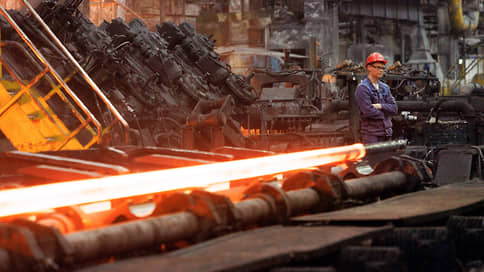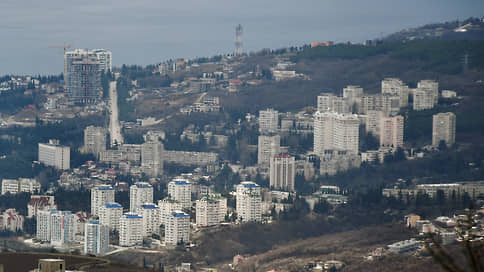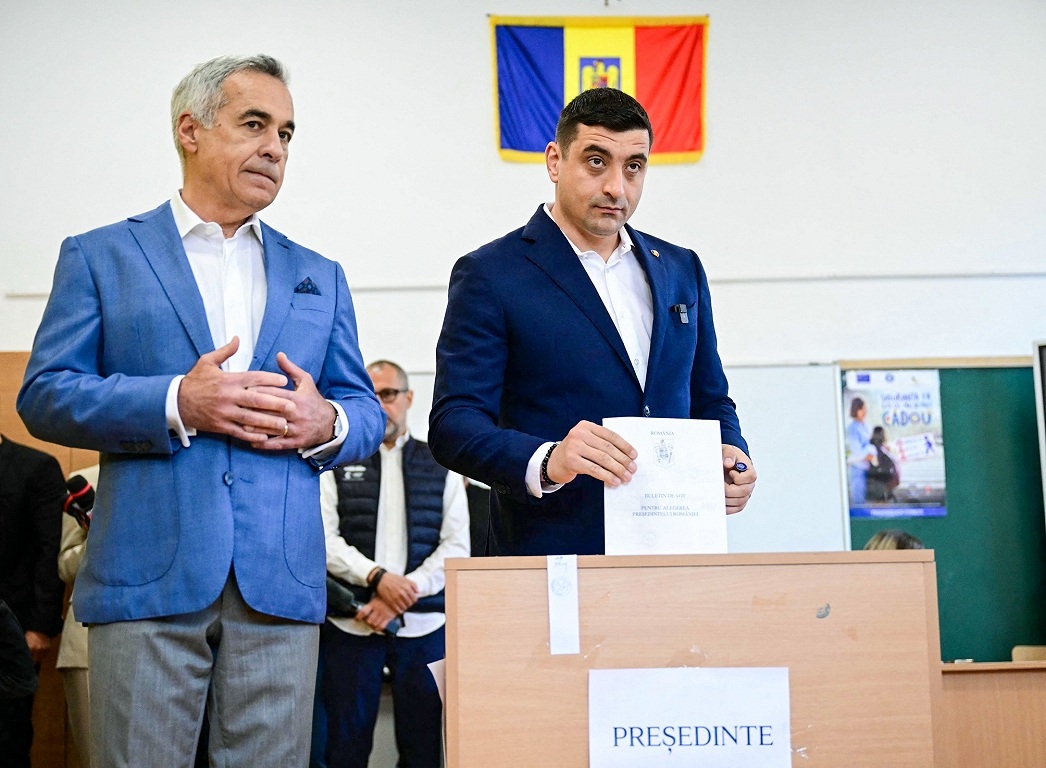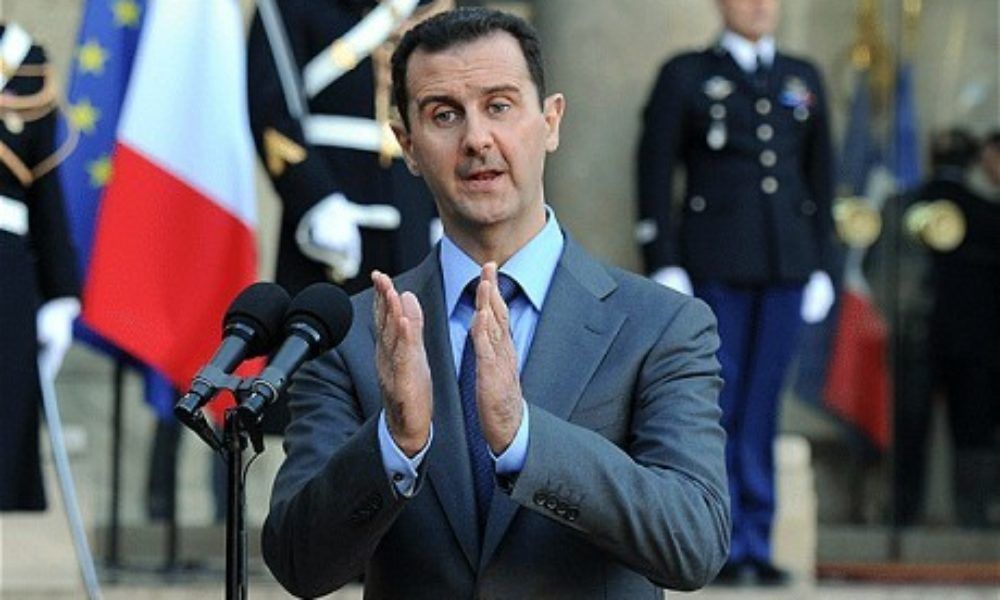The export prices for Russian steel fell to the levels of the crisis of 2022

By early May, export prices for Russian steel fell to the crisis levels of 2022. This affected both steel semi -finished products and products with the redistribution. The aggravation of trade conflicts and overproduction of steel will lead to a further decrease in value, experts predict. The trend of 2025 in terms of pricing in the market, in their opinion, will be regionalization: prices in Asia, Europe and the USA for the same brand of rental can vary by hundreds of dollars.
The export prices for some types of Russian steel semi -finished products and products with the redistribution fell to the levels of the crisis of 2022, follows from the data of the Rusmet rating agency. On May 4, the Russian steel workpiece on FOB Conditions cost 34.71 thousand rubles. per ton. This is the minimum indicator from the end of December 2022. At least in a similar period, quotes for hot -rolled rental were also updated – 37.7 thousand rubles. per ton. The cost of a cold rolon dropped to 47.8 thousand rubles. per ton – a minimum since the beginning of 2023. These prices are much lower than the cost level of non-integrated steel manufacturers, says Boris Krasnozhenov, head of the Analytics Analyst Securities Department.
According to NRA forecasts, until the summer, steel prices in the world can decrease by another 5% against the background of exacerbation of geopolitical confrontation and preservation of a high level of surplus of steel -melting capacities. The abundance of the latter in the world NRA evaluates about 640 million tons and expects that this figure can grow to 720 million tons by 2027. The coefficient of the use of steel capacities in the world is about 76%, which suggests that the existing world capacities are not sufficiently loaded, noted in ACRA.
The managing director of the NRA rating service Sergei Grishunin says that the fall in the market prices continues against the backdrop of trade wars and the expectations of a significant slowdown in the global economy. “We also see the aggravation of geopolitical conflicts around the world (the tension between India and Pakistan has become aggravated again, which further increases the risks of dividing world trade into blocks,” he adds. In addition, according to the expert, the prices of ferrous metals reflect the expected reduction in demand in China against the background of decreasing export and low activity in the real estate sector. Demand is not growing in other large markets, the managing partner of NEFT Research Sergei Frolov indicates. So, he notes, the consumption of metal rolling in Turkey fell by 23.2% in March and 7.3% in the first quarter. The drop in prices is also associated with seasonality – the animation of the construction season has not yet happened, adds Ilya Makarov, director of the corporate rating group of corporate ratings.
The trend of 2025 in terms of pricing in the market will be regionalization, experts say. According to Boris Krasnozhenov, prices in Asia, Europe and the USA for the same brand of rental can vary by hundreds of dollars. For example, a further drop in European steel exports in the United States (after the introduction of deliveries, the supply has already declined by 1 million tons) will lead to a price of price in the United States by 25% due to a lack of steel, adds Sergey Frolov. And in other markets, this fact will have a lesser influence or lead to the opposite results in case of redirecting European deliveries. The director of the Center for Economic Forecasting (CEP) of Gazprombank Alexander Semin notes that the pressure of cheap exports from Asia can increase and bargaining duties introduced by developed countries, can only increase this pressure in “free” markets. In the first quarter, China increased exports by 6.3% year by the year, up to 27.4 million tons, the Central Center is indicated. At the same time, analysts note, last year it became a record for Chinese steel exports, which first exceeded 110 million tons.
Against this background, the domestic market becomes even more marginal for metallurgists. Moreover, premium European markets are not available to them, notes Ilya Makarov. “Prices in the domestic market are now $ 100 or more higher than export. It is more profitable to sell in the domestic market, but we do not have enough capacity to “digest” all volumes, ”says Boris Krasnozhenov. BCS analysts note that the award of Russian prices to world contributes to the growth of imports. According to the MMI, which is given by the BCS, 92 thousand tons of rental were imported in the Russian Federation in the Russian Federation, which corresponds to 9% of the visible demand – record value from December 2022.
Sergey Grishunin estimates the capacity of the Russian market at 47 million tons, while Russian metallurgists smel about 70 million tons of steel. In his opinion, the situation of infrastructure construction projects and projects to restore new territories could change the situation. But so far the consumption of steel in infrastructure construction is reduced, and the share of active infrastructure projects of steel construction is at minimum values since 2023 (see Kommersant on April 24).






:format(webp)/s3/static.nrc.nl/images/gn4/stripped/data131545408-a19318.jpg)
